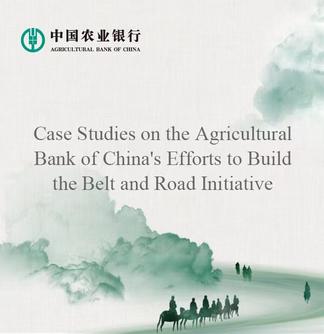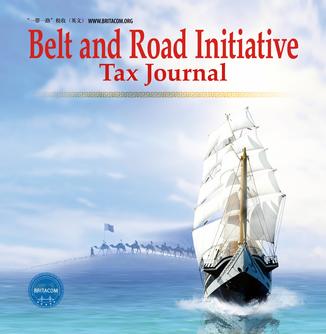Photo taken on Jan. 8, 2021 shows freight trains at Erenhot Port in north China's Inner Mongolia Autonomous Region. (Photo by Guo Pengjie/Xinhua)
CHONGQING/HOHHOT, June 19 (Xinhua) -- A new batch of vehicles produced in southwest China's Chongqing Municipality is about to embark on a journey to overseas markets via the China-Europe freight train service.
The shipment, valued at approximately 20 million yuan (about 2.78 million U.S. dollars), will be transported to Moscow aboard a dedicated auto freight train, scheduled to arrive in weeks.
As a major automotive manufacturing hub, Chongqing has been actively accelerating its vehicle exports in recent years. Leading local automakers such as SERES Group and Changan Auto, along with a growing number of supporting enterprises, are driving demand for more advanced and efficient logistics solutions.
Despite its landlocked location, Chongqing has overcome traditional logistical limitations through the operation of China-Europe freight trains.
The city now leverages this rail network to reach markets across Europe, while also tapping into ASEAN countries via the New International Land-Sea Trade Corridor, a key logistics network connecting China's western regions to global markets.
This intermodal network has become a key channel for the global expansion of vehicles and auto parts manufactured in this southwest China municipality.
Statistics released by Chongqing Port and Logistics Office show that, as of June 17, Chongqing's China-Europe freight trains had transported more than 260,000 finished vehicles, generating 69 billion yuan in total output value for both vehicles and auto components -- a substantial contribution to the growth of the local automotive sector.
Other key hubs along the China-Europe freight train network are also ramping up efforts to support automobile exports.
On May 27, a China-Europe freight train loaded with over 200 vehicles departed from Shaliang Logistics Park in Hohhot, capital of north China's Inner Mongolia Autonomous Region, exited the country via Alashankou Port, also known as Alataw Pass, a primary rail gateway in northwest China's Xinjiang Uygur Autonomous Region en route to Moscow.
In June 2024, Inner Mongolia had launched its first JSQ-type China-Europe freight train, which transported 290 domestically produced vehicles abroad via Xinjiang's Horgos Port.
To accommodate the growing volume of vehicle exports, Shaliang Logistics Park has upgraded its infrastructure, including the construction of a 45,000-square-meter parking area for finished vehicles. It has also introduced specialized JSQ-type China-Europe freight trains featuring two-tier carriages capable of transporting eight to 10 vehicles per unit, with cars driven directly on and off the train.
To date, the park has handled 19 JSQ-type China-Europe freight train trips, successfully exporting over 5,000 Chinese-branded vehicles to global markets, said Ma Junling, manager of the logistics park.
These services are injecting fresh momentum into China's international multimodal auto transport sector, Ma added.
Chen Xiaoguang, deputy general manager of Inner Mongolia Sinotrans Bonded Logistics Co., Ltd, recalled that his company previously exported finished vehicles by road. "Transporting a batch of 200 vehicles used to require more than 10 specialized car carriers and took 25 to 30 days -- at a cost of around 2,500 U.S. dollars per vehicle," he said.
"In contrast, a single China-Europe freight train can carry about 300 finished vehicles per trip, and the journey needs just 12 days at a cost of only 2,000 U.S. dollars per vehicle. The launch of dedicated auto export rail services has given businesses a cost-effective, high-efficiency shipping alternative," Chen added.
According to China State Railway Group Co., Ltd., the China-Europe (Central Asia) freight train service transported more than 220,000 twenty-foot equivalent units (TEUs) of finished automobiles in 2024.
Today, a total of 128 Chinese cities have joined the China-Europe freight train service network -- reaching 229 cities in 26 European countries and over 100 cities in 11 Asian countries.




 A single purchase
A single purchase









